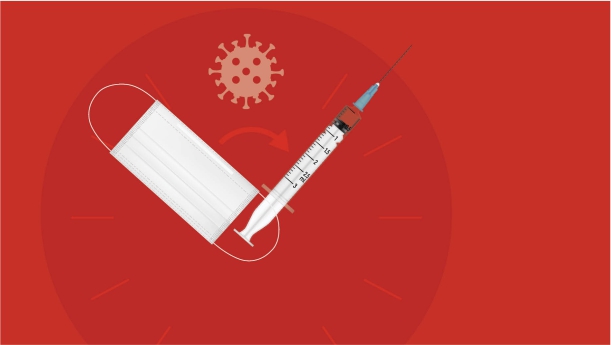
In the wake of the COVID pandemic, people are unsure about the economic situation, employment scenario, and earnings. Long-term planning is passé. Companies need to periodically reassess the business environment and explore ways to rebuild consumer confidence, especially during difficult times.
Log In or become an AIMA member to read more articles
